The Magic of Thailand’s Culinary Candle
The fragrant smoke of tian op perfumes royal Thai desserts.
In Thailand, traditional food can be exquisite and elaborate. Nothing epitomizes this more than the use of tian op, Thailand’s culinary candle.
Though its name simply means “scented candle” in Thai, this double-wicked curl of beeswax is no ordinary room freshener. Tian op is a flavoring agent, or rather, a scenting agent, used to enhance specific dishes in Thai cuisine.
Chefs light the U-shaped candle at both ends, place it on top of the food to be scented, and cover it with a lid. Lack of oxygen snuffs the flames and the enclosed space fills with flowery smoke. Minutes or even hours later, the chefs lift the lid and serve the food, now garnished with the candle’s delectable aroma.
Tian op is infused with numerous ingredients also found in perfume and incense, like patchouli, ylang-ylang, mace oil, sandalwood, frankincense, and musk, to name just a few. The candle’s smoke contains a complex blend of scent molecules, including vanillin, named for vanilla but also found in woodsmoke.
This gives the scent of tian op a unique, musky sweetness which lends itself especially well to desserts. “It’s very, very distinct, very recognized,” says Thai cookbook author Leela Punyaratabandhu. “For me, traditional Thai desserts don’t taste the same, basically, unless they smell like the candle.”

In some recipes, tian op is a finishing touch, as with flower-shaped kleeb lamduan cookies, which are infused with smoke after baking. Other preparations call for ingredients to be individually smoked, such as sarim, which combines smoked sweetened coconut milk with multicolored starch noodles and crushed ice.
Though nearly all traditional applications of the tian op are for sweets, the candle is also used to make khao chae or “soaked rice,” a cold dish popular in the summertime. Chefs smoke rice with a tian op, then chill it in jasmine-scented water to provide fragrant refreshment between bites of crispy side dishes. “This candle is part of the bigger picture of Thais liking to scent things,” says Punyaratabandhu. Though chefs around the world use aromatics to infuse food, Thai cuisine has a particular appreciation for fragrance. Especially prized are fragrant ingredients like the herb pandan, which owes its nutty, roasty aroma to a flavor compound shared with jasmine rice.
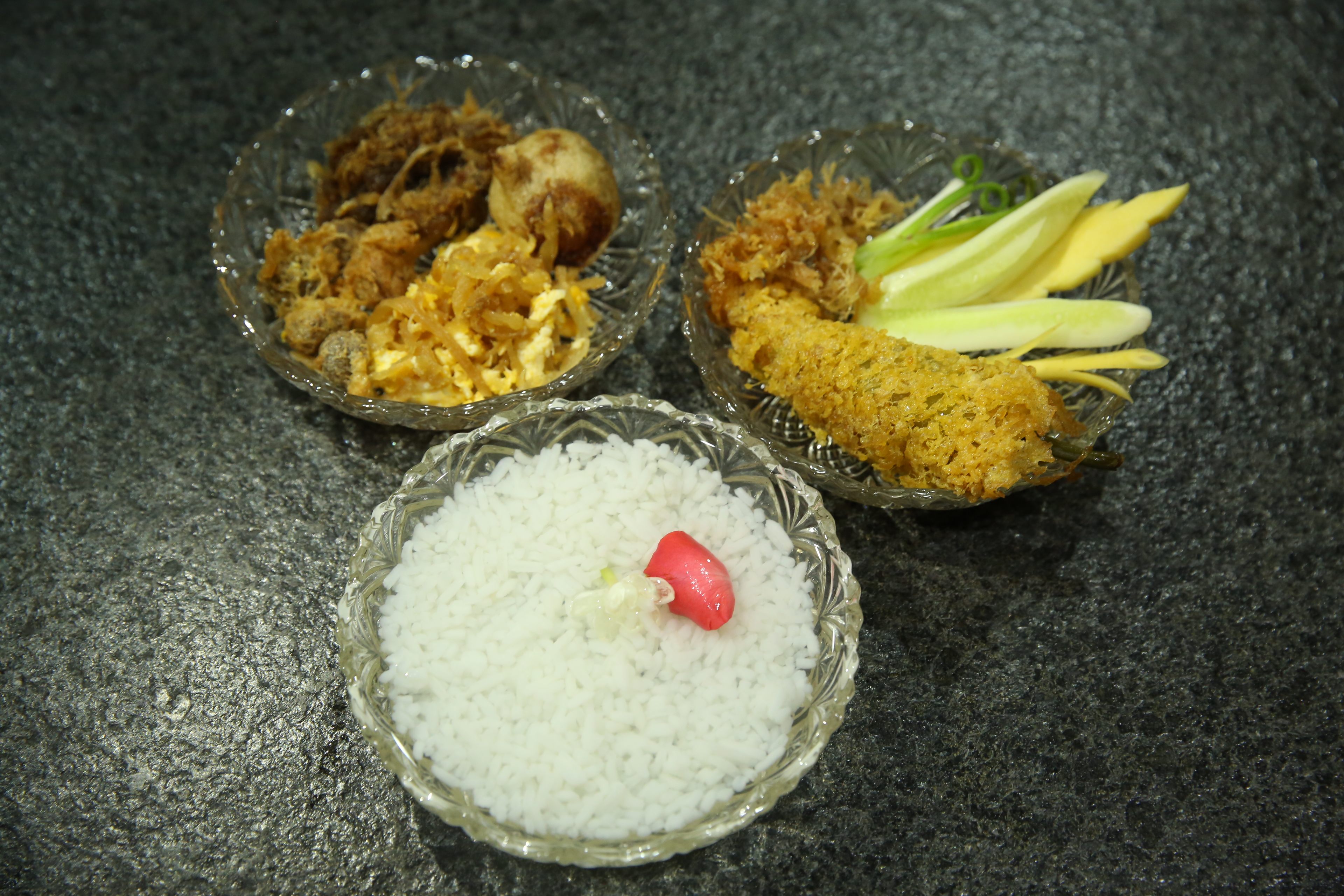
Tian op isn’t even the only form of enclosed smoking used to aromatize food in Thailand. There’s also dhungar, a technique of sizzling ghee on hot charcoal in a closed oven, which is particularly associated with the cuisine of Thai Muslims. Though dhungar and tian op are superficially similar, Punyaratabandhu, who has written on both, believes that they are unrelated. Dhungar is primarily used for savory dishes, not sweet, and while dhungar originated in India and is found in other South Asian countries, tian op is unique to Thailand.
Tian op’s spectacular blend of aromatics carries, for Punyaratabandhu, “the scent of home, of tradition—of something that is dying these days.” Originally derived from the exclusive cuisine of the Thai royal court, tian op is still largely the provenance of professional dessert-makers, rather than home cooks. Those dessert-makers now have the task of preserving a tradition that is at risk of disappearing due to decreasing demand.
Traditional Thai sweets are fading in popularity, in the face of competition from foreign desserts like macarons and cupcakes, which are sometimes more affordable than the labor-intensive traditional options. And as Thai desserts go, so goes the tian op. Punyaratabandhu describes the candle as a “uni-tasker,” intimately tied to the purpose it was made for. “The candle doesn’t have a life outside of this,” she says. “We have to talk about it as a subset of what’s going on with traditional Thai desserts.”
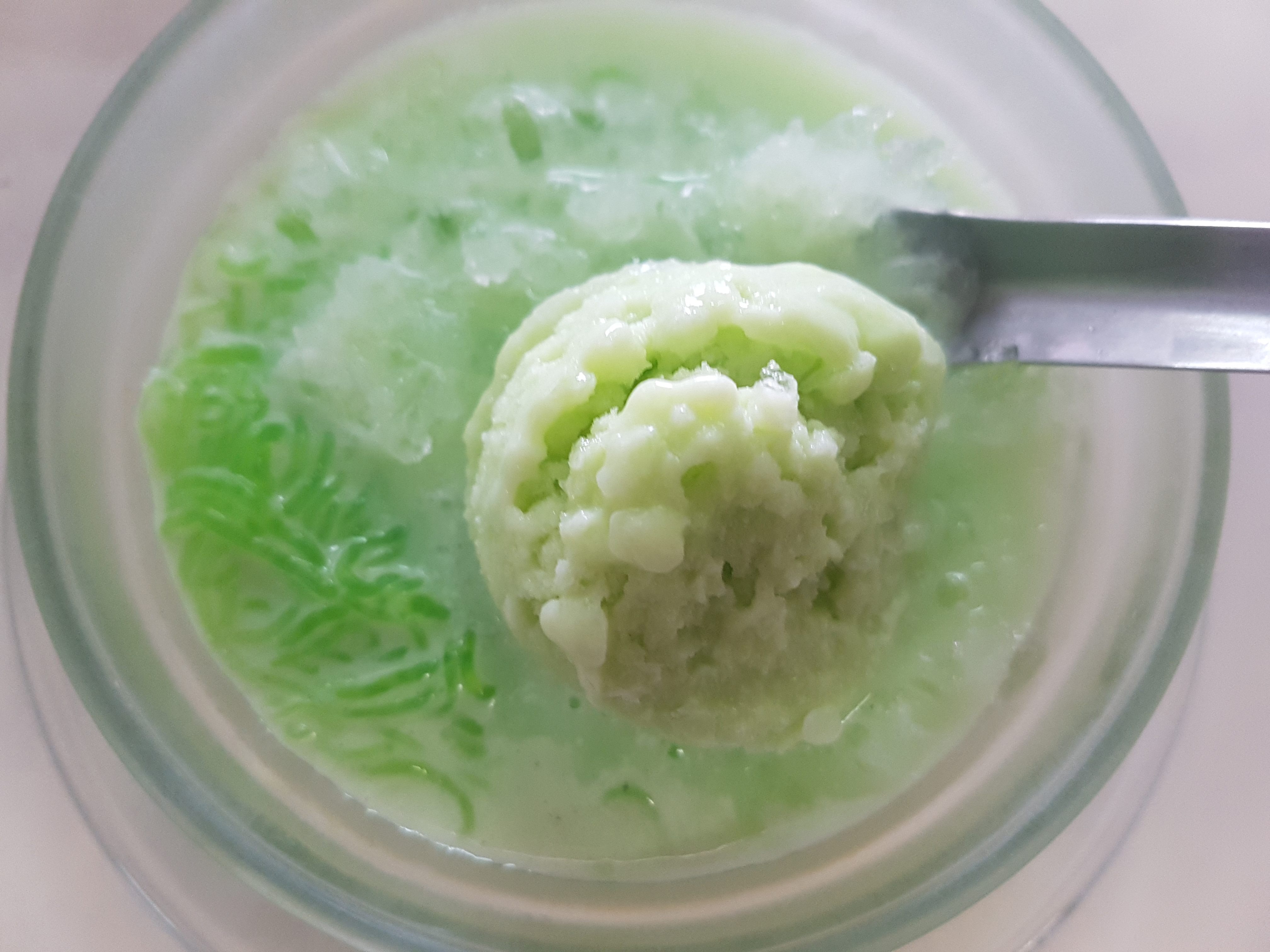
Yet while globalization threatens tian op’s original context, it also presents new opportunities. Modern Thai chefs have created fusion recipes with tian op, scenting Western-style cookies, cakes, and pastries. New York City’s Spot Dessert Bar formerly offered a candle-infused cheesecake, the brainchild of consulting chef Ian Chalermkittichai. In 2023, the show-stopping signature dessert at San Francisco restaurant Prik Hom earned its own profile in the San Francisco Chronicle: coconut ice cream smoked with a tian op for 15 seconds under glass. It’s served with the lid on, so that diners can release the sweet smoke themselves.
Punyaratabandhu cautions that because the scent of tian op is so specific, it doesn’t necessarily improve every dessert. When she used the candle on shortbread cookies, she didn’t like how it masked their original scent. “You’re supposed to smell butter, not frankincense!” she says.
Like any flavoring, tian op’s power to elevate and transform must be used with care. But it’s a testament to the allure of this royal ingredient that chefs, in Thailand and beyond, are still drawn to experiment with its fragrant smoke.
Gastro Obscura covers the world’s most wondrous food and drink.
Sign up for our email, delivered twice a week.



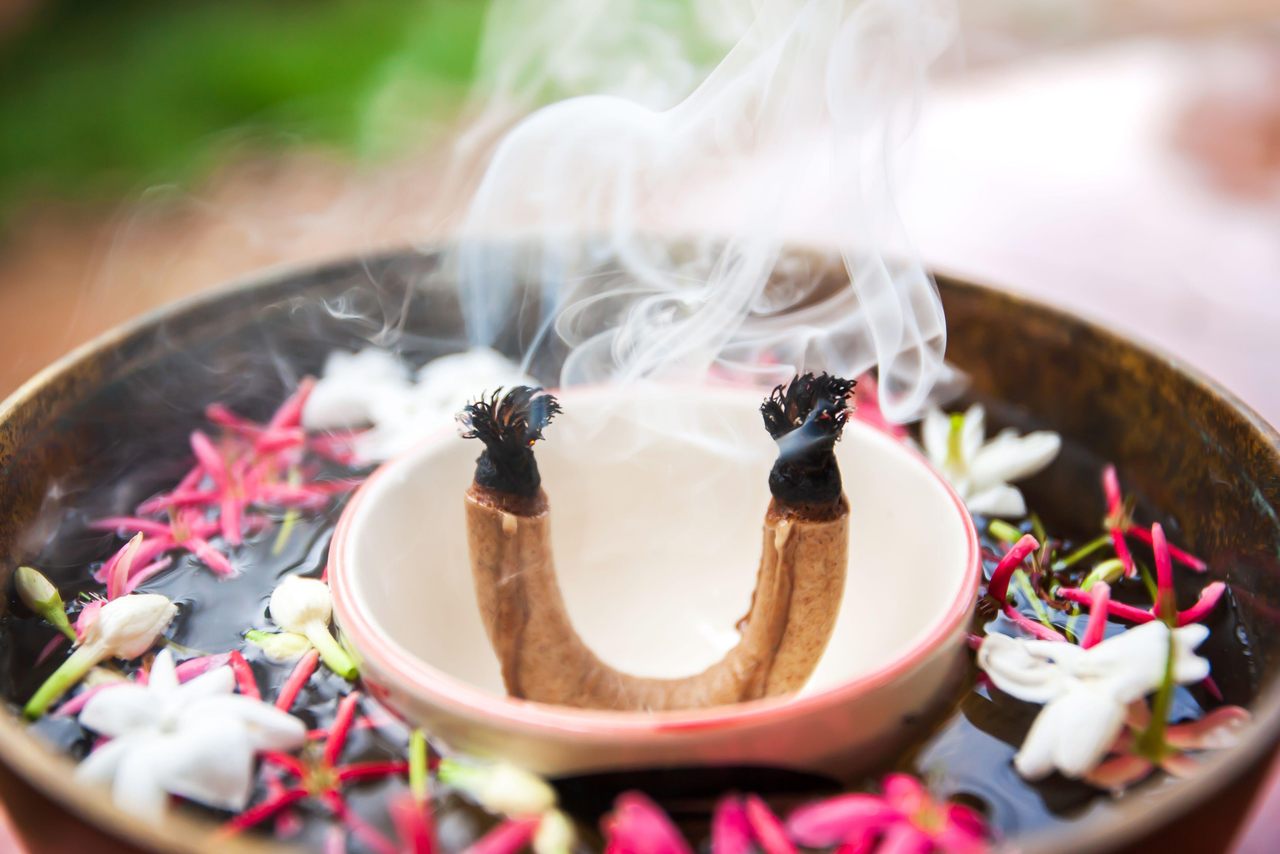


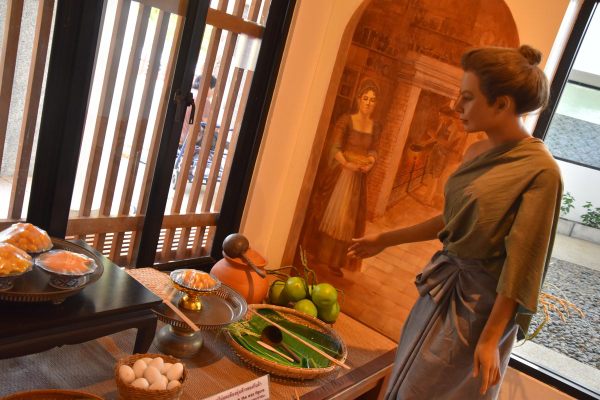

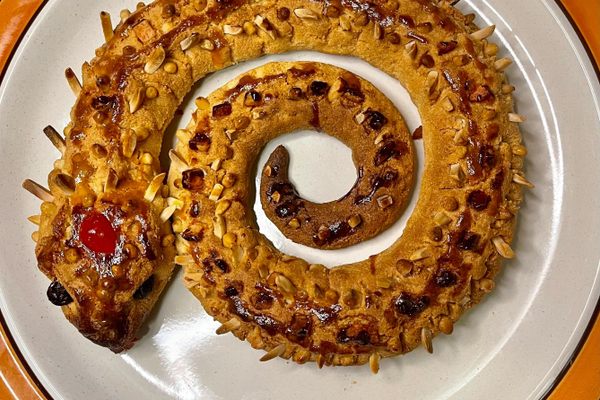

























Follow us on Twitter to get the latest on the world's hidden wonders.
Like us on Facebook to get the latest on the world's hidden wonders.
Follow us on Twitter Like us on Facebook